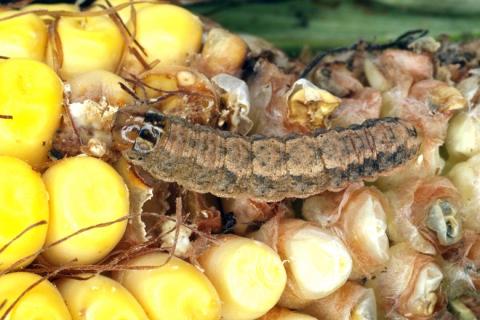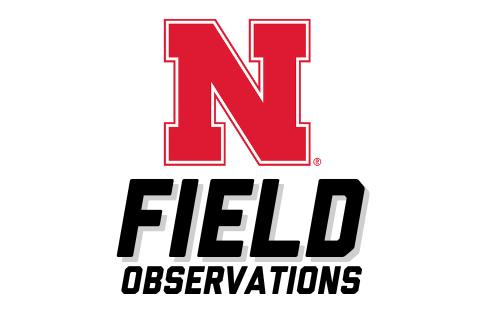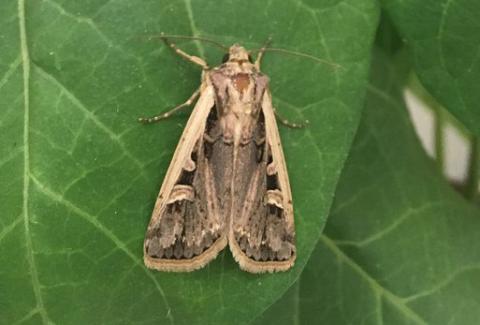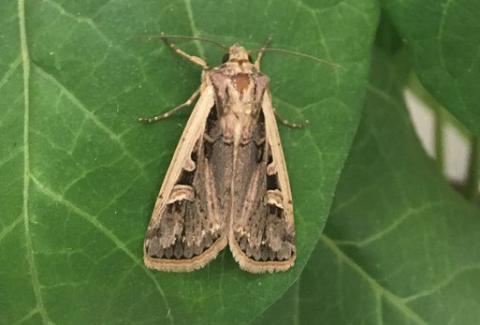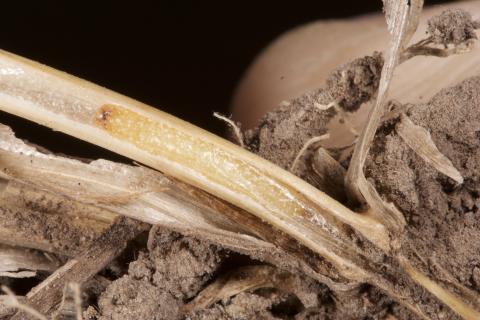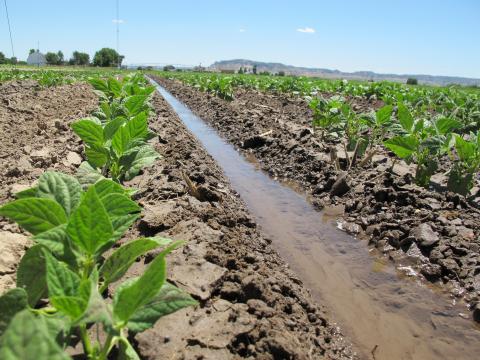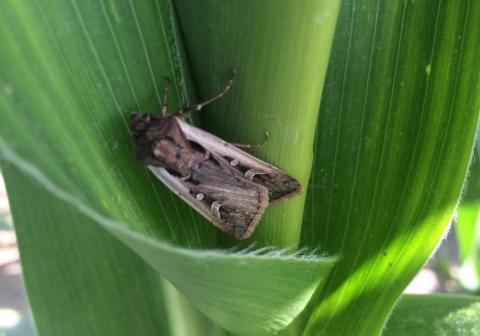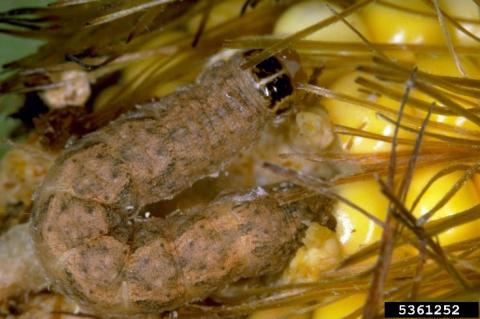Degree-days for Prediction of Western Bean Cutworm Flight in 2024
June 19, 2024
Measuring the amount of heat between an upper and lower threshold to which an insect has been exposed, degree-days models can provide a high level of precision in predicting western bean cutworm peak flight.
This Week on N Field: Scouting Western Bean Cutworm
August 4, 2023
Learn how to identify western bean cutworm eggs and larvae, and how to determine timing for insecticide applications in the latest N Field Observations.
Degree-days for Prediction of Western Bean Cutworm Flight
June 29, 2023
Measuring the amount of heat between an upper and lower threshold to which an insect has been exposed, degree-days models can provide a high level of precision in predicting western bean cutworm peak flight.
Degree-days for Prediction of Western Bean Cutworm Flight
June 21, 2022
Measuring the amount of heat between an upper and lower threshold to which an insect has been exposed, degree-days models can provide a high level of precision in predicting western bean cutworm peak flight.
How Have the Cold February Temperatures Affected Insect Overwintering in Nebraska?
February 26, 2021
Extension specialists detail what effect February's bitter temperatures and snow cover may have on overwintering insects in Nebraska.
2021 Dry Edible Bean Day Virtual Event Set for Feb. 10
February 1, 2021
During the Zoom-based event this month, UNL specialists and educators will discuss new research findings on dry edible bean production in Nebraska.
Scouting and Treatment Recommendations for Western Bean Cutworm
July 12, 2024
Scouting should be prioritized in fields that are at the preferred growth stage for egg-laying and/or do not have the VIP3A Bt trait to protect them from western bean cutworm injury.
Western Bean Cutworm Flight Predictions for 2020
June 17, 2020
The growth stage of corn during WBC flight is critical as moths prefer to lay their eggs on corn plants between the late whorl to early tassel stage. Survival of young WBC larvae is highest if they can feed on newly emerged tassel prior to moving into the ears.
